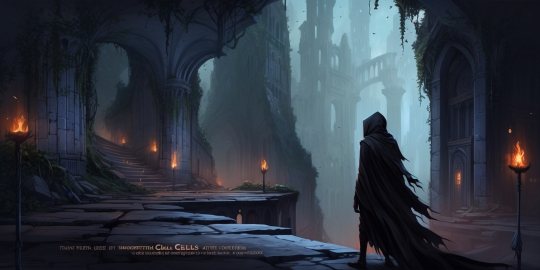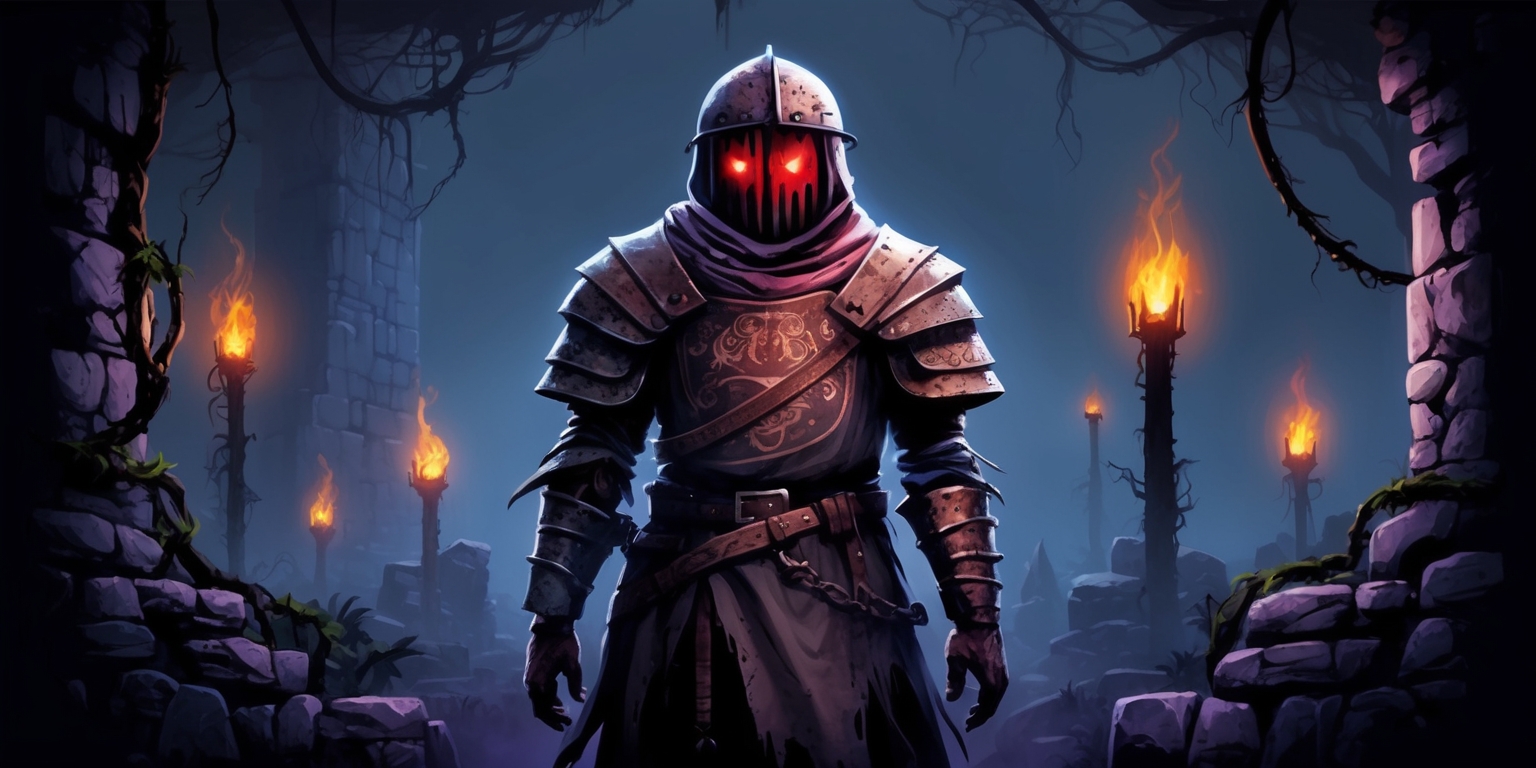
The world of Dead Cells unfolds as an intense and electrifying experience that blends the unpredictable nature of roguelike adventures with the finesse of arcade action. Every moment is filled with the thrill of exploration and the rush of encounters that test both skill and strategy. With each run, players are invited to navigate a shifting labyrinth fraught with dynamic challenges and hidden upgrades. The game’s design encourages learning through swift reactions and thoughtful experimentation, transforming each playthrough into an opportunity to master new techniques while refining existing tactics. The atmosphere is as much a character as the adversaries themselves, immersing players into a realm where every corner hides both peril and promise.
Arcade-Fueled Resistance and Discovery
Dead Cells emerges as a triumph that marries the pulse of arcade-style gameplay with the resilience demanded by a roguelike structure. Players brave uncharted zones, where each dash and parry is dictated by instinct and strategic planning. Despite the absence of checkpoints, the journey reveals a layered gameplay mechanic that automatically adjusts to the player’s evolving skillset. With every session, tactical choices and spontaneous maneuvers intertwine, propelling the experience into a realm of vibrant unpredictability. Even when faced with formidable adversaries and intricately designed levels, resilience is nurtured through a series of permanent upgrades earned during the continuous run. The result is an environment steeped in adrenaline, where every risk taken is rewarded with newfound abilities that pave the way for future escapades.
Endless Routes through Shifting Labyrinths
The architecture of Dead Cells is sculpted to be as mercurial as the challenges it presents. The absence of saved progress during a run forces every decision to bear the weight of its consequences, instantly immersing players into a cycle of trial and error that is both brutal and exhilarating. Navigating through procedurally generated maps means that no two expeditions are alike, and adaptability becomes the key trait for survival. Hidden pathways, secret rooms, and unpredictable encounters shape each adventure into a learning journey where experience and memory are the ultimate guides. The distinct structure of the game fosters an environment where perseverance is paramount; every setback is a stepping stone toward mastery, and with every completed run emerging new upgrades that subtly adjust the future paths ahead.
Fluid Combat and Mastery of Techniques
Combat in Dead Cells is a sophisticated interplay of movement, timing, and tactical insight. Every engagement is meticulously designed to test reflexes, while also demanding the thoughtful use of a diverse arsenal of weapons and skills. Players must continuously tune their strategies to counteract unexpected threats, managing their resources and positioning with precision. The seamless integration of dynamic enemy patterns and environmental hazards ensures that no battle is ever straightforward. Rapid encounters demand quick thinking, and the adrenaline rush that follows each successful maneuver reflects the fusion of skill and intuitive gameplay. Moreover, the exploration of various combat styles encourages players to experiment with unique approaches, fostering a highly personalized connection to the game’s action-packed narrative.
Artistry Behind the Dark Aesthetic

The visuals in Dead Cells are a masterclass in atmospheric design, weaving together shadows and vibrant hues into a tapestry that evokes both danger and beauty. Every level is meticulously crafted to convey a sense of eerie wonder, where the interplay of light serves as a silent storyteller of hidden secrets. The ghostly remnants of a forgotten era and the subtle hints of past legacies are embedded in the artistic details scattered throughout the game. The fluid animations and layered environments bolster the overall immersive experience, inviting players to scrutinize even the smallest corner for clues or hidden upgrades. This dedication to aesthetic excellence amplifies the profound bond that unites the player with the immersive game environment, turning every moment into a visually rich narrative.
Evolution Through Temporary Triumphs
One of the most compelling facets of Dead Cells is its intricate system of progression that hinges on temporary triumphs transforming into lasting secrets. As players overcome critical moments within a run, they accumulate permanent upgrades that serve as a bridge to improved future endeavors. These enhancements range from slight boosts to dramatic changes in combat styles, necessitating constant adjustments in strategy. Although the inherent challenge of the absence of checkpoints introduces a level of sustained tension, it also creates a fertile environment for exponential improvements. Each failure feeds into the next victory, building a momentum that is both challenging and rewarding. This cycle of learning and adaptation ensures that every foray into the game's dark corridors prepares the player for the increasingly daunting challenges that lie ahead.
Comprehensive Mechanics and Strategic Depth
Diving deeper into the mechanics of Dead Cells reveals a universe of thought-provoking intricacies that govern every play session. The game does not simply rely on brute reaction; it demands a profound comprehension of how individual components interact within a relentless world. Each system in place, from weapon dynamics to enemy AI behavior, is designed to challenge the player to think on their feet. The game rewards players who can balance aggression with caution, making every encounter a test of strategy as much as of raw reflexes. It is within the layers of these mechanics that players can find hidden nuances—one subtle timing shift here, a clever combination of abilities there—that can ultimately turn a difficult confrontation into an opportunity. The crafted complexity pushes players to achieve a harmonious blend of skill and thoughtful planning.
Innovative Features and Unpredictable Evolution
At its core, Dead Cells revolutionizes the rogue adventure genre by continually introducing elements of fresh unpredictability within its familiar framework. The structure of each run is intentionally non-linear and robust with surprises, ensuring that even seasoned players are constantly confronted with novel challenges. Upgrades are not confined to mere numerical improvements but extend to unlocking entirely new methods of interaction with the game world. This evolutionary design makes it imperative for players to consistently reassess and realign their tactics. From random environmental hazards to variant enemy configurations, every detail is masterfully balanced to keep each session teeming with potential and uncertainty. The game’s innovative features demand a dynamic approach that not only tests the player’s combat acumen but also their adaptability in the face of unforeseen circumstances.
Balancing Risk and Reward in Tactical Navigations
The tension between risk and reward is meticulously orchestrated in Dead Cells, making each decision feel both critical and fraught with excitement. Venturing deeper into the game's multifaceted environments often means confronting increasingly formidable adversaries, but it also opens up avenues for unique and valuable upgrades. This delicate balance is sustained by the game’s inherent unpredictability; uncertain elements ensure that every risk taken has the potential for high reward. Players are constantly evaluated on their decision-making skills as they navigate labyrinthine corridors, making split-second choices that could improve or complicate their journey. The sophisticated design reinforces the importance of bravery and strategic planning, challenging players to weigh potential gains against the risk of setback without ever compromising the dynamic pace of the game.
Immersive Soundscapes and Sensory Narratives
The auditory dimension of Dead Cells is as thoughtfully composed as its visual elements, creating an immersive soundscape that enriches every encounter. The background scores range from eerie, ambient drones to fast-paced beats that mirror the intensity of in-game combat. Every sound effect has been carefully chosen to echo the momentum of the gameplay, reinforcing the surreal blend of danger and wonder. The sound environment adds a layer of tension that complements the visual design, ensuring that players remain engaged both emotionally and mentally. As the echoes of each clash resonate within the dim corridors, the auditory cues provide valuable insights into the presence of hidden adversaries or impending challenges. This careful orchestration of sound and silence elevates the overall experience, placing players at the heart of a sensory narrative that is as commanding as it is engrossing.
Responsive Controls and Fluid Interaction
Dead Cells excels in offering a gameplay experience that rarely disrupts the flow of action, thanks to its responsive and intuitive control scheme. Every command is translated into immediate and fluid movement, allowing players to maneuver through chaotic scenarios with ease. This level of control is especially crucial In a contest where each fleeting second plays a critical role and… the environment changes rapidly. Fluidity in combat and exploration is a direct result of the game’s unwavering commitment to bridging design with technology, ensuring that attacks, dodges, and special moves are executed without delay. As players become more adept at mastering this interaction, the inherent complexity of the game gradually transforms into a confident dance of precision and speed. Such meticulous attention to control mechanics ensures that the experience feels both rewarding and consistently engaging, no matter the challenges encountered.
Adaptive Progress and Unfolding Mysteries
In Dead Cells, the interplay between persistence and innovation is captured through its adaptive progression system, which rewards patient exploration and inventive gameplay strategies. The game’s design It motivates players to leave no stone unturned in their exploration, revealing secrets that not only enrich the storyline but also offer practical enhancements for subsequent runs. This evolving multi-layered progression ensures that each journey feels unique, as advancements in gameplay seamlessly blend with the exploration of hidden passages and obscure relics. By unlocking these permanent benefits through each play session, the game sets the stage for an ever-evolving experience where mastery is built over time. It is this dynamic evolution—where every twist in the narrative and every unanticipated obstacle reinforces the importance of adaptability—that keeps the adventure consistently fresh and engaging for both new arrivals and veterans alike.